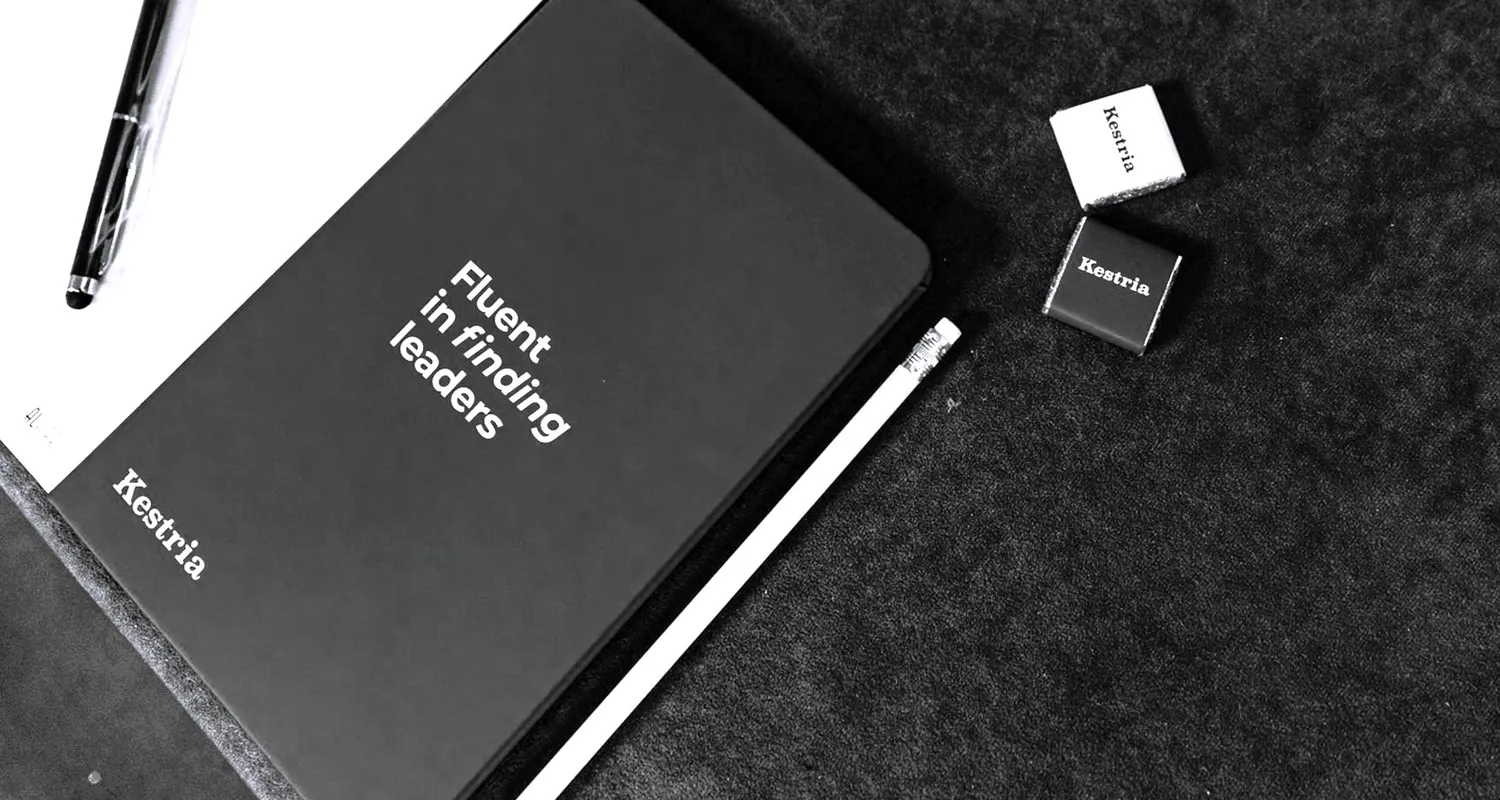The value of University philanthropy in Australia now totals around $500m annually. The growth in giving is evidenced by the fact that less than two decades ago, many Australian Universities did not even have formal development offices.
Some of the largest gifts of the last few years include:
• $12.5m in 2013 from Harold Mitchell to Victoria University for health and education.
• $20m from 2012 to 2015 from Chau Chak Wing to the UTS Business School.
• $20m in 2012 from John Grill to University of Sydney to create the Centre for Project Leadership.
• $33.7m in 2015 from Barry Lambert to University of Sydney for research.
• $50m in 2013 from Graham Tuckwell to ANU to fund scholarships.
• $65m in 2013 from Andrew and Nicola Forrest to UWA to fund scholarships, research and accommodation.
• $100m in 2014 from Westpac for scholarships across 20 universities.
Interestingly, at a global level, higher education is the most supported sector when it comes to giving from individuals, foundations and companies according to the annual Coutts Million Dollar Donor Report, 2014. Of the around US$25b donated on a global basis (covering identifiable gifts of more than US$1m), US$9b is directed to the higher education sector, which is well above that given to arts, culture, health or other public benefit institutions.
Philanthropy, like most sectors, is changing rapidly. It is also highly competitive. As Australian Universities seek to improve their attractiveness to possible donor partners and differentiate themselves they could look to some of the trends identified in the US and Europe. These include:
1. Publicity – while many major donors prefer anonymity, there is an increasing recognition that by publicizing giving, this may encourage others and create cultural change.
2. Accountability – regardless of the gift size, research suggests that donors are more likely to repeat or increase their giving if they feel that the information flow and reporting about how the gift is used is high and they are included in the decision making process.
3. Technology – giving, like every aspect of life, is being disrupted by technology. At the smaller end, it is critical that organizations remain current in the digital space as online giving grows, but increasingly, major donors are also very active in social media.
4. Big Ideas – major donors are generally more interested in solving a ‘big issue’ that resonates with them, rather than providing ongoing operational funding with limited observable ROI.
5. Changing Demographics – philanthropy is no longer just the domain of the ‘older male’ with major gifts now coming from a broad cross section of younger entrepreneurs, women and couples. Universities are changing their approach to ensure they are engaging with this changing demographic.
The future for University philanthropy is bright and the payoff to institutions, students and society substantial. A growing focus by Australian Universities on external engagement activities will no doubt result in increasing interest by potential donors – large and small.
The value of University philanthropy in Australia now totals around $500m annually. The growth in giving is evidenced by the fact that less than two decades ago, many Australian Universities did not even have formal development offices.
Some of the largest gifts of the last few years include:
- $12.5m in 2013 from Harold Mitchell to Victoria University for health and education.
- $20m from 2012 to 2015 from Chau Chak Wing to the UTS Business School.
- $20m in 2012 from John Grill to University of Sydney to create the Centre for Project Leadership.
- $33.7m in 2015 from Barry Lambert to University of Sydney for research.
- $50m in 2013 from Graham Tuckwell to ANU to fund scholarships.
- $65m in 2013 from Andrew and Nicola Forrest to UWA to fund scholarships, research and accommodation.
- $100m in 2014 from Westpac for scholarships across 20 universities.
Interestingly, at a global level, higher education is the most supported sector when it comes to giving from individuals, foundations and companies according to the annual Coutts Million Dollar Donor Report, 2014. Of the around US$25b donated on a global basis (covering identifiable gifts of more than US$1m), US$9b is directed to the higher education sector, which is well above that given to arts, culture, health or other public benefit institutions.

Philanthropy, like most sectors, is changing rapidly. It is also highly competitive. As Australian Universities seek to improve their attractiveness to possible donor partners and differentiate themselves they could look to some of the trends identified in the US and Europe. These include:
- Publicity – while many major donors prefer anonymity, there is an increasing recognition that by publicizing giving, this may encourage others and create cultural change.
- Accountability – regardless of the gift size, research suggests that donors are more likely to repeat or increase their giving if they feel that the information flow and reporting about how the gift is used is high and they are included in the decision making process.
- Technology – giving, like every aspect of life, is being disrupted by technology. At the smaller end, it is critical that organizations remain current in the digital space as online giving grows, but increasingly, major donors are also very active in social media.
- Big Ideas – major donors are generally more interested in solving a ‘big issue’ that resonates with them, rather than providing ongoing operational funding with limited observable ROI.
- Changing Demographics – philanthropy is no longer just the domain of the ‘older male’ with major gifts now coming from a broad cross section of younger entrepreneurs, women and couples. Universities are changing their approach to ensure they are engaging with this changing demographic.
The future for University philanthropy is bright and the payoff to institutions, students and society substantial. A growing focus by Australian Universities on external engagement activities will no doubt result in increasing interest by potential donors – large and small.


